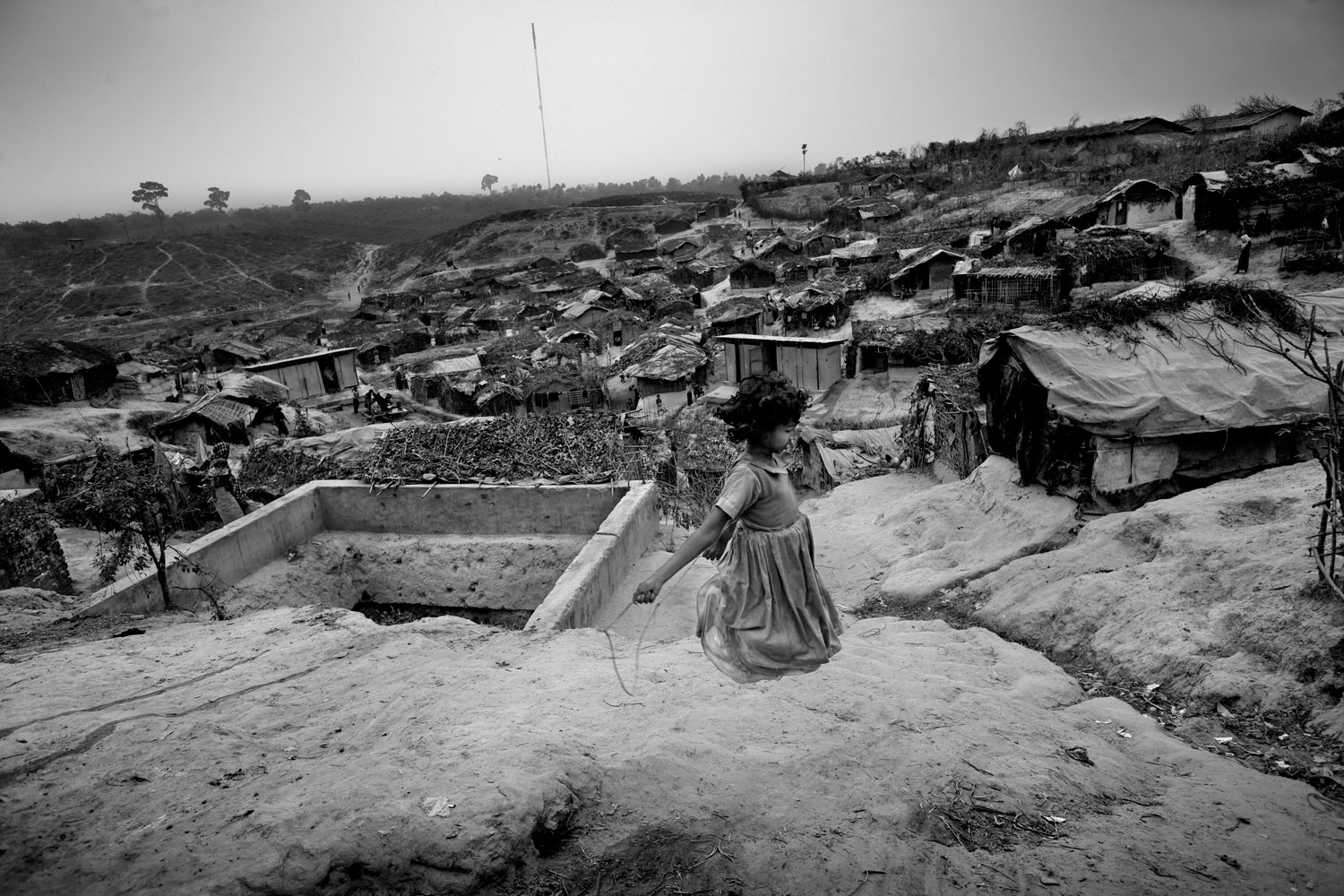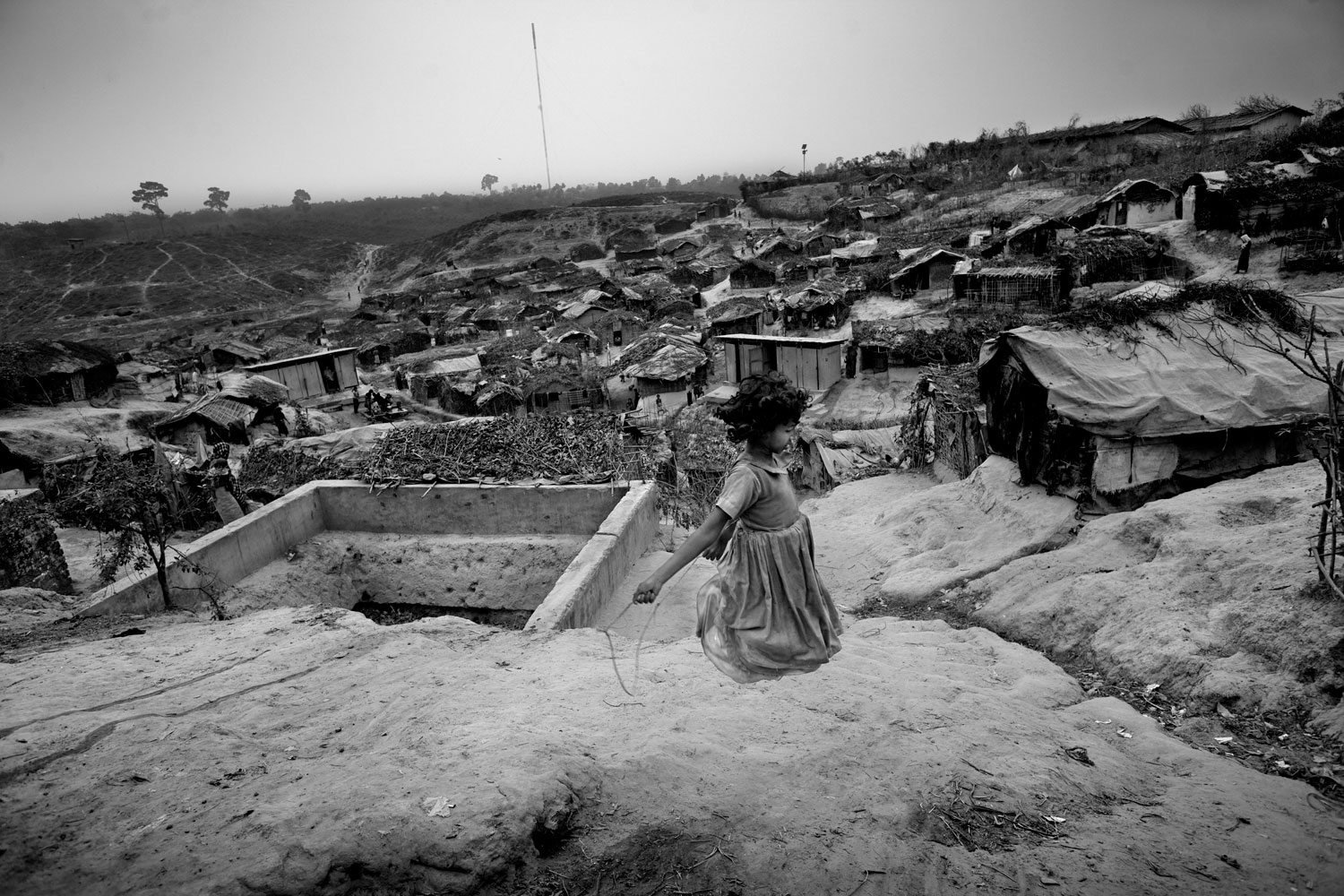
The Magnum Foundation Emergency Fund (EF) was founded to keep a critical visual culture—documentary photography—alive, by supporting and mentoring independent photographers. The “emergency” refers to the disintegration of media’s ongoing support of long-form, in-depth documentary photography, and the need for more editorial support for photographers who commit to working on critical issues.
Launched two years ago, and modeled on Magnum Photos IP (Independent Project) fund, the EF finds, funds and mentors photographers, giving them the time to stay on the ground long enough to cover underreported issues in depth, and to anticipate and follow stories that will be, or should be, in the news but are sometimes seen as too risky for publications to assign.
As the EF announced the latest round of photographers it would be supporting, LightBox spoke to Magnum Foundation President and photographer Susan Meiselas who heads up the EF, about its mission, and the challenges facing documentary photography today.
Susan Meiselas: I think anticipation is a key word, one effect of all the changes in the media landscape has meant that it’s much more difficult for independent, freelance photographers to sustain themselves in the field long enough to witness and document issues with depth over time. So that’s what we really wanted to be able to support through the EF.
There’s a dual approach for this support. The initial funds of the foundation come from a combination of philanthropy and donors who value the quality of in-depth work. A second round of support comes through community crowdfunding, presently Kickstarter.
SM: With Kickstarter the point is not only the platform but also building a community. The challenge is to put our forces together to build communities that really care about this quality of work and the issues addressed. Through our curated page on Kickstarter we are extending our support for these projects by bringing them to a wider audience than might not normally be exposed to them.
EF’s chooses international nominators (picture editors, publishers, curators, etc) who propose 10 candidates each and create a potential pool of 100 photographers who are then invited to submit proposals. An independent Editorial Board selects 10 to 20 photographers based on the strength of their proposals and the importance of the issues they propose to address, and awards grants from the funds available to the EF. (Approximately $125,000 in 2010 and 2011.)
SM: By having nominators that are internationally positioned and based in different regions, we have been able to find photographers who are lesser known. The first group in 2010, of the fifteen, about a third were regional. We had two Bangladeshi photographers, Shehab Uddin and Saiful Huq Omi; an Indian photographer, Sohrab Hura; one Armenian photographer, Karen Mirzoyan; and a Chinese photographer, Wang Yishu. I think the surprise for us has been to see how many photographers haven’t had the experience working with someone editorially, whether it’s a journalist in the field or whether it’s an editorial director. Consequently we’re working with photographers in more cases than we expected to help edit their work and structure their narratives. We thought we were going to only facilitate by allocating funds, but we’re more engaged than this. We are working with photographers to expand what they come back with, supporting them to go back out for audio and encouraging them to imagine their work in multimedia when appropriate, and if they choose to.
As well as providing mentorship for photographers, both emerging and seasoned, to assist them in navigating today’s media landscape, the EF also enables partnering with journalists in production and for distribution opportunities.
SM: In the first year what was very special was that we were able to link photographer Cedric Gerbehaye with a writing partner, Rebecca Hamilton, that gave him further exposure, and then we found another funding partner to support his return to report together. Now his story about South Sudan is becoming a substantial long-term project, which was his goal and that’s fantastic for us to see evolve. The EF will continue to partner with the Pulitzer Center for Crisis Reporting who has a large host of journalists and our mission will be to do more of that matchmaking where it can work well. It may not be right for every project. But personally I think that’s one of the biggest losses for independent photographers, no longer having those intellectual partners in the field.
The EF’s aim is for increased dissemination and greater impact for the work. Meiselas sees a blend of sources as the most viable way to enable this.
SM: There are some foundations that ask why are we helping subsidize commercial media, be it TIME or the New York Times or others—but that’s not our mission. We know that the media can no longer support the level of production that they did less than a decade ago. Budget cutbacks impact extensive travel, but they are still willing, and should pay for the reproduction of original content. We’re trying to reinforce the value of a community of witnesses, whose contributions are different than citizen journalists. Documentary photographers have a very specific and very entrepreneurial talent and we are looking to explore ways to sustain visual storytelling. It is not a sustainable model to depend on philanthropy. But the question is, can you create a blend of sources and then continue to find ways to disseminate this work? Can we show impact on the issues from this work? We don’t see the EF as a destination site, that’s not its purpose. What we’re hoping is that by showing what projects we support, the EF can connect more people willing to support the importance of this work.
The EF has worked to extend the idea of collaborative community building by supporting photographers from different agencies.
SM: I think the competitiveness has to shift to a collaborative spirit of rebuilding this community that used to function in an interdependent way. It’s really important and we have to have new strategies to do that. Of course there is some competitive energy between different small collectives of photographers. But ultimately we have more common interests than we have differences. We have got to see that and act upon it. One thing that is not very well understood about the EF is people think its all Magnum. I feel for 60+ years Magnum has seeded, supported, and inspired other kinds of groups. Kadir van Lohuizen is with NOOR, Cedric Gerbehaye is with Vu, Tomas van Houtryve is with the VII Network. I could go down the list. We’re supporting other agencies in terms of the photographers we fund to do the work that we believe contributes to a healthier civil society.
As a photographer, Meiselas fully understands what it takes to make the kind of work that the EF is supporting. She covered the Nicaraguan Insurrection in the late 1970’s and speaks from first hand experience when she talks of the importance of being given the resources to dig deep and being enabled to create “original work” over time.
SM: I went to Nicaragua and stayed a very long time, while other photographers came and left. Giving photographers the resources to really dig in and evolve appropriately with material that they’re exploring is really ideal. Of course, the media was a great partner for this community of freelance photographers for a very long time. I think it worked well for everyone. But now its a real challenge to support the creation of original content. That’s the critical edge we’re on. Most everyone is comfortable replicating content, linking content, ricocheting content. That’s different from making sure there are people out in the world, observing over time. The world is pretty bloody complicated right now and if we don’t see more, we will know that much less.
With today’s media budgets stretched the EF fills a vital role in making sure stories beyond those in the headlines are still being covered.
SM: The significant reduction of media resources means that publications can’t afford to keep people in Afghanistan, Japan and Libya, but then there are all these other places where smaller stories are evolving and some even seething. I don’t want to make it sound like all the EF is supporting is going to be insurrectional, by any means. That’s not its goal. But what is underreported and what lies beyond the media map, is part of our mission. Some say the “Emergency Fund” is badly named because an emergency generally refers to earthquakes and tsunamis. At the time we named it, we thought the “emergency” was something no one was focusing on. That was four years ago and at that time very few people were talking about the collapse of traditional media which has now become much more evident.
Its important to have quality work seen that has some distinctiveness, that is anticipatory that isn’t just reactive to events. That’s what positioned Cedric Gerbehaye’s work well, he was in South Sudan six months before anyone was reading about it in the media, about a referendum, he was thinking long-term, ahead, digging in deep. I mean that’s an ideal project for us and what used to find support, partly because deadlines had to be in advance for print publications.
The EF has shown that there is significant interest for the work it has supported. Cedric Gerbehaye’s work from South Sudan was published in TIME. The models and communities that EF has built have seen positive results. All four out of four EF photographers have been successfully funded to continue long term projects through Kickstarter.
The EF recently announced the 2011 Emergency Fund photographers: Balazs Gardi, Emily Schiffer, Ian Teh, Jonas Bendiksen, Julius Mwelu, Justin Jin, Stephen Ferry, Teun Voeten, Yuri Kozyrev, Tomas van Houtryve and Zalmai.

More Must-Reads from TIME
- Donald Trump Is TIME's 2024 Person of the Year
- Why We Chose Trump as Person of the Year
- Is Intermittent Fasting Good or Bad for You?
- The 100 Must-Read Books of 2024
- The 20 Best Christmas TV Episodes
- Column: If Optimism Feels Ridiculous Now, Try Hope
- The Future of Climate Action Is Trade Policy
- Merle Bombardieri Is Helping People Make the Baby Decision
Contact us at letters@time.com